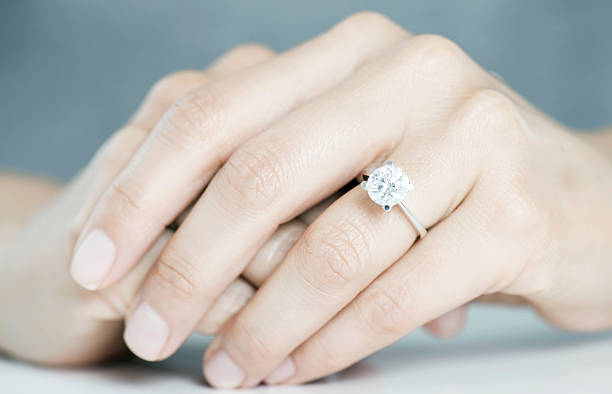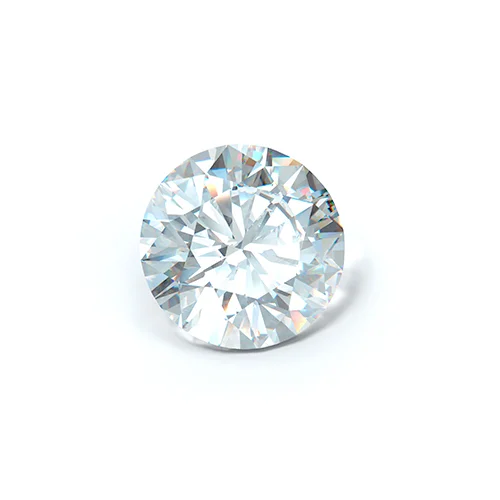
An engagement ring is a symbol of love and commitment, and it’s important to choose the right diamond setting to complement the diamond and make it shine. With so many options available, it can be overwhelming to decide on the perfect setting. In this comprehensive guide, we’ll explore the different types of diamond settings and offer tips for selecting the right one for your engagement ring.
Prong Setting
The prong setting is one of the most popular diamond settings, and it involves securing the diamond with small metal prongs. The prongs hold the diamond in place while allowing maximum light to enter and reflect off the diamond, enhancing its sparkle and brilliance. Prongs can be rounded, pointed, or V-shaped, and the number of prongs used can vary from four to six. When selecting a prong setting, consider the size and shape of the diamond. Larger diamonds may require more prongs to hold them securely in place, while smaller diamonds may only need four. Also, consider the durability of the prongs. Thinner prongs may be more delicate and prone to bending or breaking, so thicker prongs may be a better option for everyday wear.
Bezel Setting
The bezel setting is a popular choice for those who want a secure and low-profile setting. In this setting, the diamond is surrounded by a thin metal rim, which holds it securely in place. The rim can be customized to fit the shape of the diamond, and it can be smooth, scalloped, or textured. When selecting a bezel setting, consider the style and durability of the rim. A smooth, low-profile bezel may be more comfortable for everyday wear, while a more decorative bezel may be more suited for special occasions. Also, consider the color of the metal used for the rim. A white metal, such as platinum or white gold, can enhance the diamond’s color and create a modern, sleek look, while a yellow or rose gold rim can create a warmer, more traditional look.
Channel Setting
The channel setting is a popular choice for those who want a sleek and modern look. In this setting, the diamonds are set into a channel in the metal band, creating a continuous line of diamonds. The diamonds are held securely in place by the metal walls of the channel, and the setting offers maximum protection for the diamonds. When selecting a channel setting, consider the size and number of diamonds used. A larger number of smaller diamonds can create a more intricate look, while a smaller number of larger diamonds can create a more classic look. Also, consider the durability of the metal band. The metal walls of the channel must be strong enough to hold the diamonds in place, so a thicker band may be more durable.
Pave Setting
The pave setting is a popular choice for those who want a romantic and vintage look. In this setting, the diamonds are set close together in small holes drilled into the metal band. The diamonds are held in place by small prongs or beads, and the setting creates the illusion of a continuous diamond surface. When selecting a pave setting, consider the size and number of diamonds used. A larger number of smaller diamonds can create a more intricate look, while a smaller number of larger diamonds can create a more classic look. Also, consider the durability of the metal band. The metal band must be strong enough to hold the diamonds in place, so a thicker band may be more durable.
Tension Setting
The tension setting is a popular choice for those who want a modern and minimalist look. In this setting, the diamond is held in place by the tension of the metal band, which squeezes the diamond between the two ends of the band.

